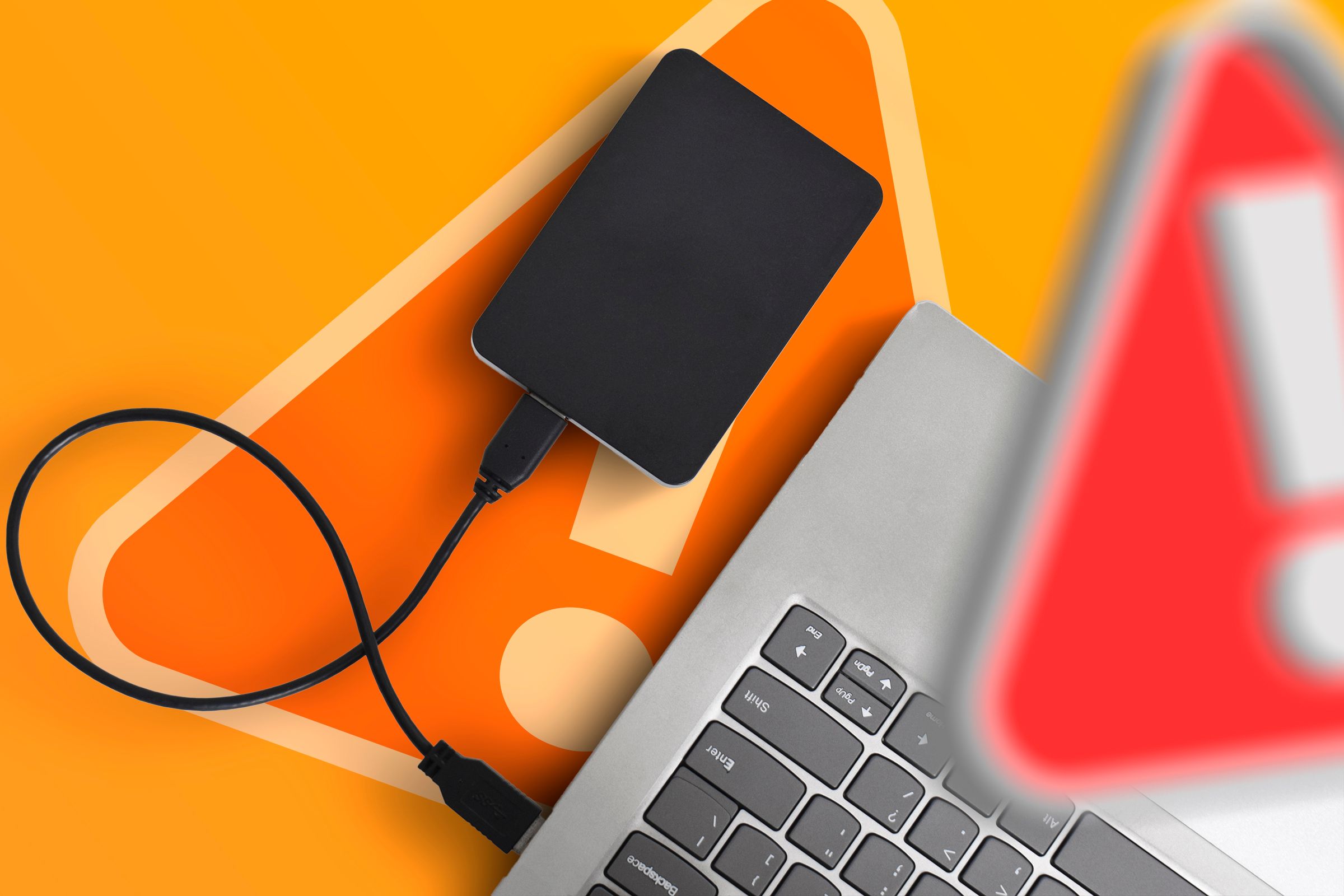
How to Securely Store Data and Avoid Glitches on OneDrive by Microsoft

How to Securely Store Data and Avoid Glitches on OneDrive by Microsoft
Quick Links
- What’s OneDrive Doing to Your Files?
- How Does This Put Your Files at Risk?
- How To Stay Safe From Data Loss
- Don’t Let Malware Put Your Files at Risk, Either
When you save a file to your computer, you expect it to stay put. Unfortunately, this isn’t always what happens, thanks to some of OneDrive’s default behaviors in Windows 11. Here’s how to make sure you don’t lose your important work documents and family photos.
What’s OneDrive Doing to Your Files?
There are two things OneDrive does by default that are frustrating for users.
First, it moves folders —including your Documents, Videos and Pictures to point to OneDrive—changing their location on your computer. Secondly, it automatically syncs these folders (and anything else you have in OneDrive) online—which in itself isn’t a problem (that’s what OneDrive is for), but it also removes your files from your local machine, which could be a big problem for most users.
Frustratingly, you do not get the choice of opting out of this. OneDrive enables these “features” automatically, and even if you uninstall it, it has a habit of re-installing itself with Windows updates.
How Does This Put Your Files at Risk?
First, your files aren’t where you saved them, which is just plain frustrating and could lead you to think that they’ve gone missing.
Secondly, internet connection problems will put your files out of reach if they are only kept online in OneDrive. Even worse, if you lose access to your Microsoft account, you could lose your files too, which is why it’s important to confirm that your Microsoft Account details are correct, just in case your account needs to be recovered . You should also set up two-factor authentication on your account to make sure that nobody else can log in and lock you out.
Sync issues are also a concern: if you have OneDrive set up on multiple computers, files can get out of sync if you’re editing them at the same time, or while offline, and you might wind up with an old version instead of your latest work. Can you imagine finishing writing a university paper only to find that it was overwritten by an earlier draft? This happened to me recently, and it is not an experience I wish for others.
How To Stay Safe From Data Loss
You should always have an offline copy of your files to protect them (in addition to a cloud backup in case you lose your offline copy).
If you decide to use OneDrive (despite its flaws, having an online backup on OneDrive outweighs having no backup at all), make sure that you set it to always keep an offline copy by right-clicking the OneDrive icon in the sidebar in Explorer and clicking “Always Keep On This Device.” MacOS users can do the same by right-clicking on OneDrive in the Menu bar, opening preferences, and checking “Download all OneDrive files now.”
Whether you are using OneDrive or not, ensure you have a reliable backup solution , and make regular backups so that if something goes wrong, you can restore a recent copy. Windows File History notoriously does not back up all of your files by default (and can be buggy), including files in Onedrive , so choose a third party backup solution that fits your needs. Once you’ve done that, manually confirm that it is actually backing up everything you need.
Don’t Let Malware Put Your Files at Risk, Either
OneDrive and Windows File History being a bit flaky at times is worrying enough, without factoring the threats of malware.
Make sure you keep your PC and devices secure with a reputable anti-malware product , and follow security best practices when at home, at work , and while on vacation .
Also read:
- [New] 2024 Approved Rise of the Alternative Top 3 Video Sharing Websites
- Choosing the Right Format: HTML, ZIP, EXE, or DVD – A Comprehensive Guide | FlipBuilder
- Erweiterte Texterfassungsfunktionen in Echtzeit Von ABBYY: Ein Leistungsfähigeres Kundenerlebnis Im Digitalen Raum
- Evaluating the Jackery Explorer 2000 Pro: A Trade-Off Between Ample Power and Convenient Mobility?
- Expertly Selected Ultimate Portable Jump Starters : In-Depth Analysis | WiredInsights
- In 2024, Budget-Friendly Multiview Camera Options Expanding Horizons
- Paving the Way for Green Tech: Overcoming Inadequacies in Modern Data Center Infrastructures
- Top 10 Affordable Travel-Friendly Power Stations - Unmissable Christmas Bargains Featured by TechRadar
- Top 6 Budget-Friendly Space Heaters - Reviews by TechRadar
- Troubleshoot and Overcome Windows Update Error 0X80070002 Effortlessly
- Ultimate EPUB Reader Ratings & In-Depth Analysis: Finding Your Perfect Match
- Update Your RTX 2080 Graphics Card: Driver Downloads for Windows 11, 7 & 8 Users
- Title: How to Securely Store Data and Avoid Glitches on OneDrive by Microsoft
- Author: John
- Created at : 2024-12-25 03:32:43
- Updated at : 2024-12-26 05:39:53
- Link: https://techno-recovery.techidaily.com/how-to-securely-store-data-and-avoid-glitches-on-onedrive-by-microsoft/
- License: This work is licensed under CC BY-NC-SA 4.0.